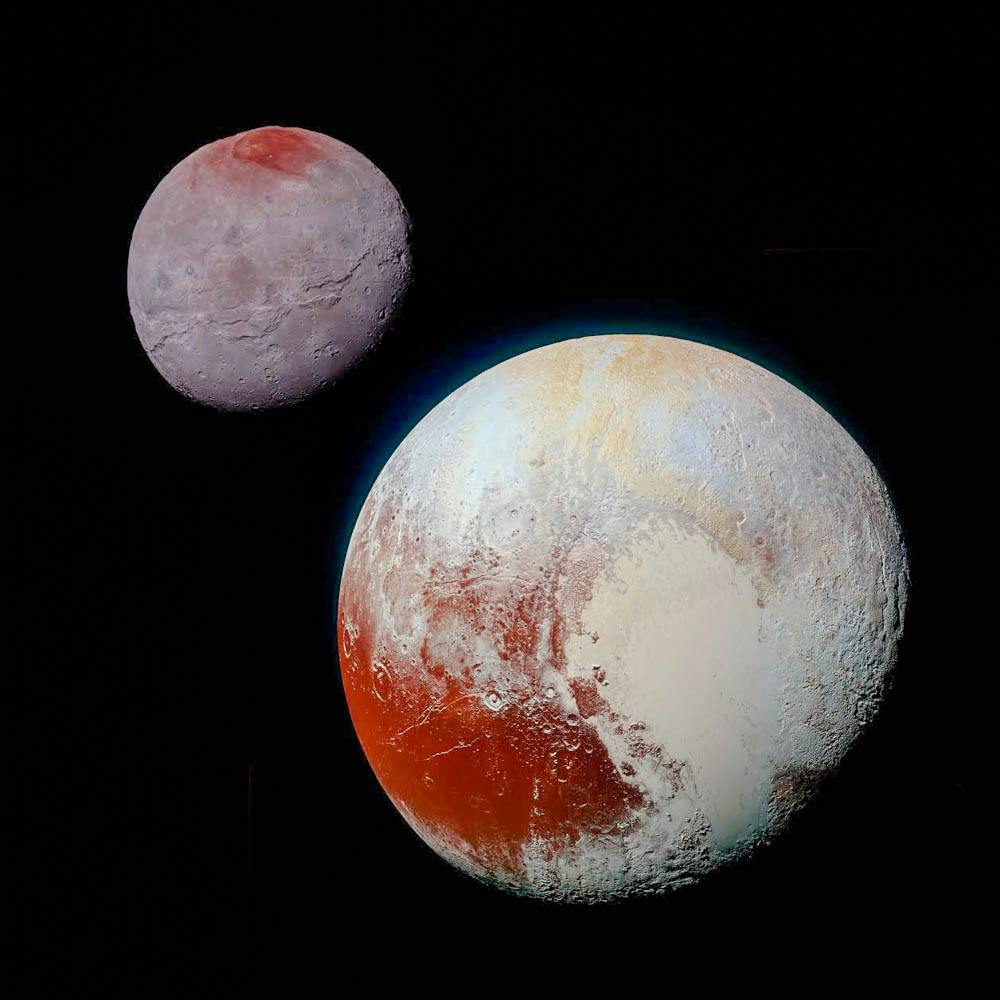Earth is not the only planetary body with an ocean in our solar system, according to a new study released by a team led by Brandon Johnson, assistant professor of Earth, environmental and planetary sciences. Using data recently collected by the New Horizons spacecraft and models simulating the dwarf planet’s conditions, the team discovered that an ocean over 100 kilometers deep exists beneath Pluto’s surface, with a salinity far above that of most oceans on Earth.
The New Horizons spacecraft collected data in 2015 indicating that the Sputnik Planum basin, a large icy plain on Pluto’s surface, was tidally locked with Pluto’s moon Charon, suggesting the basin has a positive mass anomaly. Basins usually have less mass than the surface as a whole, Johnson said, unless a denser material, such as a liquid, lurked underneath the surface. Though the basin is partially filled in by nitrogen ice, only a denser material — like water — would fully explain the mass, he said.
Johnson assembled a team of scientists from the University of Chicago and Purdue University. Using models based on the amount of water, the salinity of the water and the impact of the meteor that created the basin, the team made predictions about the water underneath the basin.
The team ultimately determined that an ocean with a depth of slightly more than 100 kilometers and a salinity of 30 percent could explain the positive mass anomaly.
The models that Johnson built are becoming increasingly more important in the field of planetary science, said Christian Huber, assistant professor of Earth, environmental and planetary sciences. The models are “significant because we only have a few ways to probe other planets,” he added. The models allow scientists to study difficult-to-reach bodies in an in-depth manner, expanding the field of planetary science as a whole.
Johnson, who has used impact modelling to research planetary bodies in previous studies, became inspired when the data from New Horizons was first released and was then followed by supporting evidence from tectonic and thermal studies of Pluto. Johnson was able to draw from his previous models, though the new parameters of Pluto’s surface posed a unique challenge to the team. Johnson said one of the more surprising aspects of the study was the tradeoff between the mass of the ocean and its salinity, since salt content affects the density of the water.
James Head PhD’69, professor of geological sciences, called Johnson’s work “very creative and innovative,” adding that the study “raises the possibility that these nurseries for life could be all over the place.”
While the discovery of the ocean is certainly significant, much remains to be discovered about Pluto, Johnson said, adding that he plans to continue researching the evolution of the basin and modelling how nitrogen ice within the basin has evolved.





